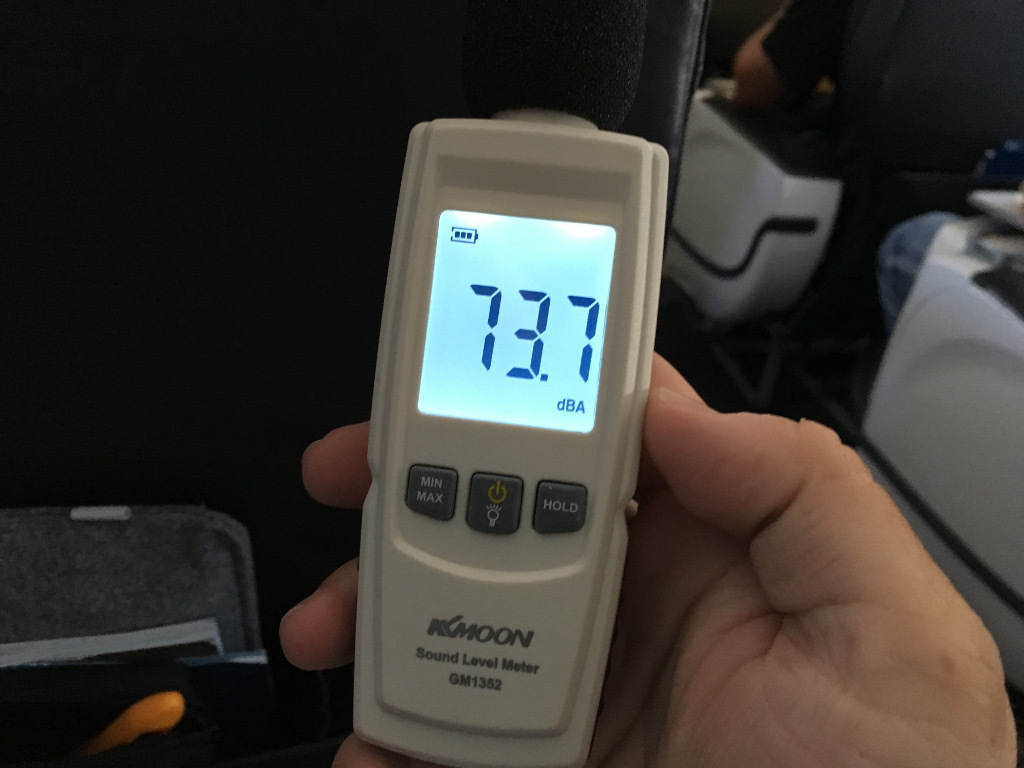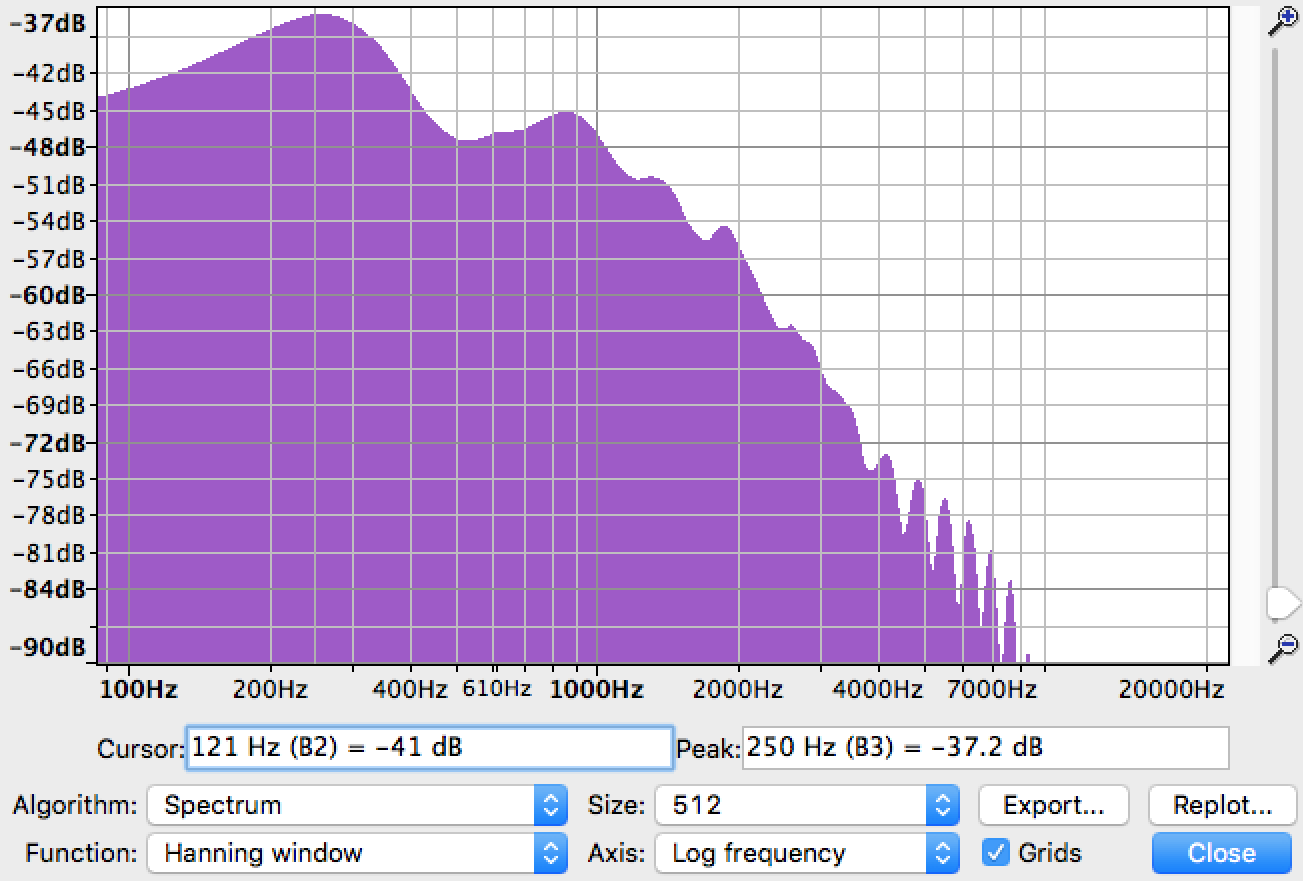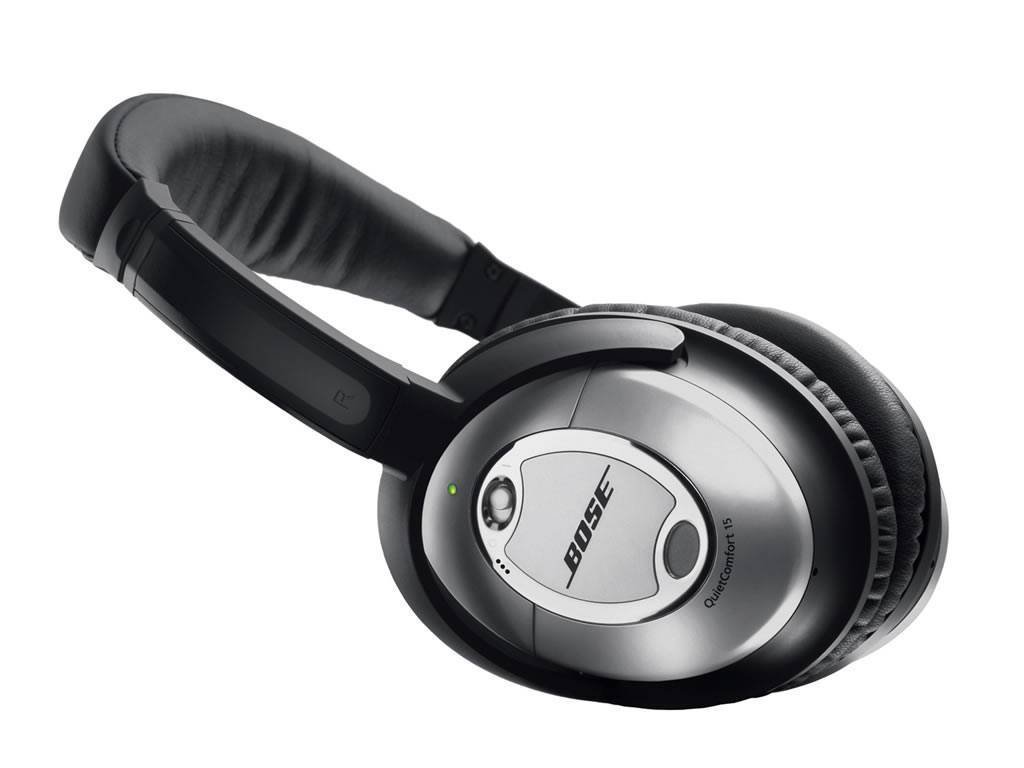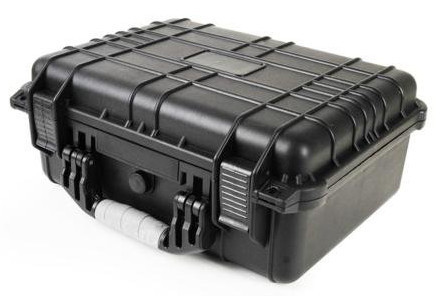
Background
While I was writing my post on headphones, I couldn’t find any useful information on ambient noise levels on different aircraft types, so it’s hard to say what kind of reduction you actually want to have.
It’s surprisingly cheap to buy some gear to measure that, at about $11 for a KMoon GM1352 sound level meter via Aliexpress.
The KMoon one advertises that it’s able to work between 31.5 Hz to 8 KHz, from 30dBA to 130 dBA, with an accuracy of about 1.5 dB. 130 dBA is the point where you’re feeling physical pain, so that should be good enough for this purpose. The human ear can ear up to about 20 KHz, so this isn’t perfect for that, but probably also good enough.
Note that the KMoon uses the A-weighting pattern, which reduces and increases gain on some frequencies based upon perception.
Collecting Some Data
I brought the sound level meter with me on a recent trip on the to measure what you’d expect to see and my laptop to collect the frequency distribution and relative intensity.
I’d initially thought that 8 KHz might be a bit low of an upper bound, but it turns out to not be that big of a deal when you analyze the ambient noise.
Below is a graph of the frequency spectrum for the background noise I picked up on an Alaska 737-900 sitting towards the front of the plane in the aisle. Note that this follows a Z-weighting because it’s not compensated for human hearing.

On the graph, we see the peak at 250 Hz, which corresponds to about 74 dbA measured on the KMoon.
| Observed Noise | Measured Intensity (dbA) |
|---|---|
| Aircraft Empty, at Gate | 58 |
| Aircraft Filling, at Gate | 70 |
| Baby Crying, at Gate | 80 |
| Announcement, at Gate (FA) | 74-78 |
| Aircraft heading to Runway | 65-68 |
| Initial Takeoff | 80 |
| Climbing, gear down | 74-77 |
| Climbing, gear up | 70-72 |
| Announcement in-air (FA) | 80-83 |
| Announcement in-air (Captain) | 78-80 |
| Cruising at FL350 | 74-76 |
Analysis
Before I get into more details about how this data applies to headphones, I’ve always thought that captains tend to mumble and that the PA gets louder after we leave the gate, but it’s fun to see actual numbers indicating that. The flight attendants are a solid 3dB louder. 3 dB is twice as loud intensity-wise, or perceived as about 25% louder. For some more grounding on what these numbers mean, see this article for more specifics.
The other thing that’s interesting just from this data is that a baby is roughly the same loudness as the plane taking off from the runway, due to the way that we perceive sound.
So back to headphones, in the last post article, we saw that a foam sleeve on Shure headphones can do about 29 dB at 250 Hz and that some Bose active headphones can do about 17 dB at 250 Hz. From the frequency plot, at cruising, that means that the Bose headphones get you down to how loud the plane is when it’s empty on the ground. The foam sleeves can get you to below how loud the plane would ordinarily be, which is around that of outside in a quiet suburb.
Conclusion
It’s not surprising that Bose headphones are so popular on planes given that they bring the most common noise you’d encounter on a plane down to roughly where the plane is at on the ground. You can do pretty well for spending significantly less, but it boils down to how quiet you want it to be.


